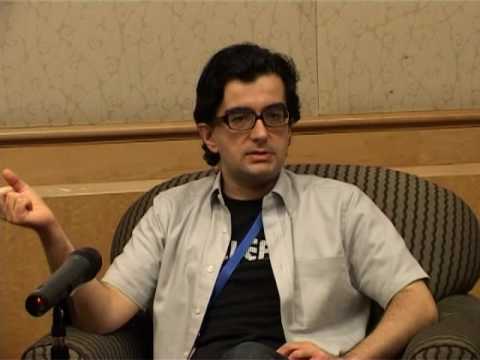Coding Made Easy with Low Code

While the change-of-pace in business and technology continues to increase, it has traditionally been a near-impossible task to keep up with ever-rising customer demand. When creating websites for clients, you need to keep pace with software engineering, while WeWeb development is one of the most preferable approaches using no-code.
When Steve Jobs first unleashed the iPhone in 2007, consumer power was a sleeping giant waiting to be hand-fed whatever the markets provided. Indeed, part of Apple’s ground-breaking success was to provide us with products we never knew we needed.
But now, the giant is wide awake, and consumers are now demanding new products and services at a rate never seen before. While this makes for a great era in competitive business, it begs the question:
How can companies improve and innovate to meet growing demands?
This is where people such as Tim Hendricks – managing partner of Orangeleaf Consulting – come in.
Appearing on The Leaderonomics Show with host Roshan Thiran, Hendricks discussed the innovative system of Low Code, which some people have heard of, but few have taken advantage of this side of the world.
Minimal coding needed
As Hendricks explained, Low Code is a user-friendly platform that enables people without the technological know-how to develop digital programmes, products and services, without the burden of having to write code.
For people with coding experience, it removes tedious and repetitive tasks found in coding, so that apps and other developments can be created up to 10 times faster than before.
So, how does Hendricks work with companies to put this innovative platform to use? As he put it, “Typically, I look at a company and their processes. Every company has their own processes. You can have standardised software, but there’s always a few things that are specific to the particular company.
“So, I look at what could be digitised, what could be improved, and then I talk to the company and point out the areas they would benefit from by digitising and innovating.
“This could be cutting down process costs, but it could also be offering a completely new type of service to customers based on digital technology. If they like the ideas, then we look at how to execute.”
You may also be interested in: What Do Your Customers Need?

That all sounds ideal, but what about getting people on board who are fearful of using a tech platform that’s unfamiliar to them? How do business leaders get their buy-in?
Hendricks said, “The biggest part of it is involvement. So, we make the business users part of the project team and that has a huge impact on their behaviour where they feel like whatever the result of the project, it’s partially their responsibility and because of their contribution.
“So, there’s this feeling of ownership. The biggest challenge is to convince companies to dedicate 10 of their business people to work on an IT project.
“These people have a full-time job, and they need to be full-time or semi full-time on a project all of a sudden. But there’s much less resistance on adoption of new technology and new systems that are being built, because the people involved are the people who created it.”
The challenge
While Low Code might sound like the answers to business leaders’ prayers in a time when competition and disruption are at an all-time high, as with any new tech convenience that arrives on the scene, fears of job security are bound to surface.
Ever since Henry Ford created the first automobile assembly line in the early 20th Century, employees have been worried about machines taking over their jobs. With automation set to increase over the coming years, how can people be led to embrace new technology without feeling that their livelihoods will be affected in the process?
Hendricks said, “We have been through this before.
Part of that fear is the fear of change, which is partially justified but depends more on mindset than anything else.
“What I always tell people to do is look back to the industrial revolution – there used to be a time when everything was made by hand. Then there were these huge machines and people lost their jobs following a huge shake-up.
“There was a feeling that no-one was going to have a job any more – all these products were now produced by machines. So, what happened is a whole new type of service industry erupted from that, and most people now have office jobs that focus on providing a type of service instead of creating products.”
For Hendricks, we need to start looking beyond the traditional focus of building skills and knowledge, and instead find ways that we can work with new innovations that, traditionally, have made our lives better and created countless opportunities for both our personal and professional lives.
He advised, “The biggest point to keep in mind is adaptability. We have to assume that our jobs, in five or ten years’ time, will not be the same as they are today.
“The most important skill is not knowledge of a specific area or field. The most important skill is adapting to the changes that will come.”
Watch the full interview with Tim Hendricks here:
Functional
Tags: Digital





